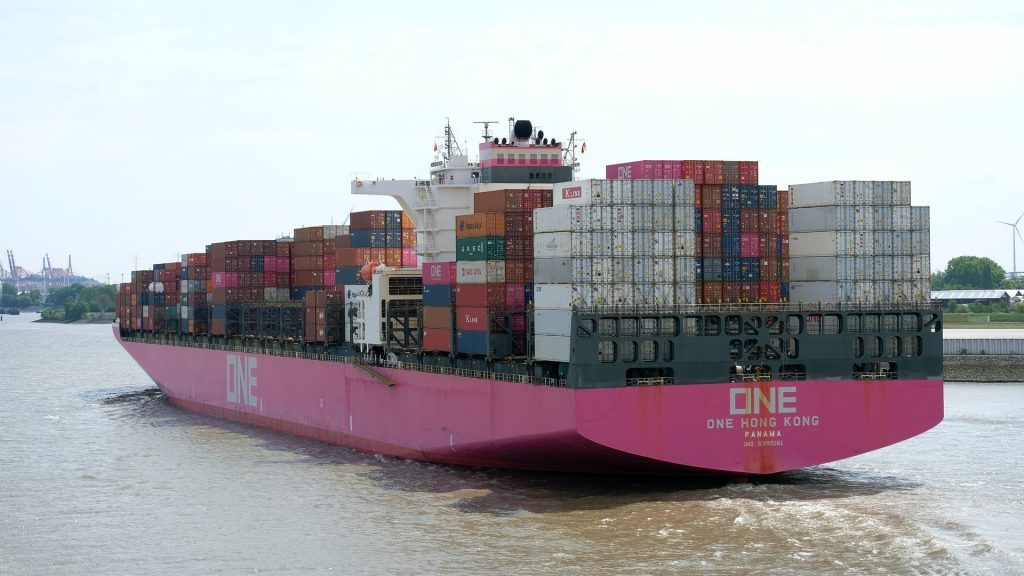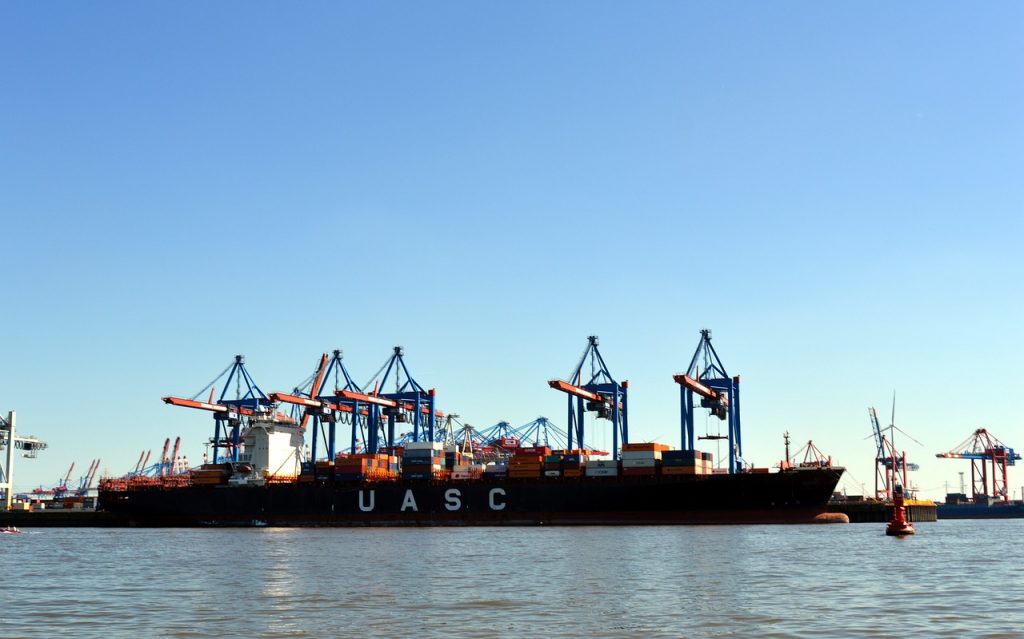In order to be successful in freight forwarding, it is vital to measure and study some key results. There are at least 4 performance metrics all freight forwarders should analyze, it doesn’t matter if your company is small or big. So if you don’t know them yet, here is your chance to do it.
To be able to grow, there is one thing that any business must frequently do: analyze its performance. It is the only way to know what is actually working out and what should be changed or improved to get the results we expect.
Freight forwarders are no exception, but do you really know which are the performance metrics you must be analyzing? Are you even saving all the data you should be keeping from your customers? We want to help you so we decided to introduce to you the key performance indicators (KPIs) you must keep an eye on.
Meet the 4 performance metrics all freight forwarders should analyze.
1. Leads generation: First thing you need to know is that a lead is a potential customer who shows interest in our service. So, it is really important to know how many people you are pulling over to your freight forwarder and that are showing some interest in what you offer. This is how you can evaluate if your awareness strategies are accurate or must be improved.
Furthermore, there are other KPIs related to the sales funnel that all freight forwarders should analyze as well, for instance: the amount of leads contacted, quotes issued, closed deals, new clients and returning clients. To keep track and have visibility of the whole funnel is fundamental for any business. It is the best way to really evaluate its performance, so managers can make better decisions.
2. Conversion rates: Once you have measured the principal metrics of your sales funnel, you must also calculate the conversion rates between the journey stages. It is crucial to identify the bottlenecks of the process to know which are your freight forwarder’s strengths and weaknesses to work on.
The principal conversion rate to keep an eye on is the sales closed one. By now, you should be comparing how many quotes you have issued versus how many of them have been accepted and completed the process. This KPI can give you a good knowledge of the status of your sales and therefore of your freight forwarder as a business.
3. Sales volume: It is also very important to study our customers’ behavior. Do you know what are the top services, specifications, origins and destinations requested by your clients? Well, you should. Nothing will help you more to improve your strategies than actually getting to know your customers, so you can work on fulfilling their needs.
Keep track of your sales volume on each route and modality to identify which are the top requested. Then, you will be able to develop more accurate strategies to give your sales a boost.
4. Profit per client: Let’s not forget to acknowledge which are our top clients, please. We shouldn’t be investing many resources in something that costs us more than what we get in return. On the other hand, we should be recognizing and rewarding those who actually give us a good profit.
Measure the profit you get by each client and update your top clients list frequently. Then use this data to take advantage of it and work on some strategies to gain their loyalty so they continue on buying to you. Maybe give them a special treatment, some discount, consider their requests to improve your service, or at least keep in mind which customers you need to have a better performance with. This can be a game changer for any freight forwarder.
Indeed, as freight forwarders, it is vital to rely on analytics. More importantly, you should analyze the data you collect from your sales and clients, to improve your strategies. Now you know. Get to know every inch of your freight forwarder and your customers’ behavior, then nothing else will stop you. It is the key to success.
AUTHOR


